Ford BlueCruise and GM SuperCruise are two of the most talked-about innovations in the autonomous driving technology space. Autonomous vehicles have the potential to significantly reduce accidents and save lives through advanced sensors and algorithms that can detect and react to potential hazards more quickly than humans.
Ride-sharing and autonomous taxi services are becoming more prevalent and is changing how people access transportation and potentially reducing car ownership rates. Many autonomous vehicles are electric, contributing to the shift towards sustainable and eco-friendly transportation. Since self-driving cars can communicate with each other to optimize traffic flow, the technology can potentially reduce congestion and improve overall transportation efficiency. Autonomous technology can provide greater mobility to people with disabilities or those who are unable to drive.
In short, self-driving technology is revolutionizing safety, convenience, and sustainability in the automotive industry. Autonomous driving technology is rapidly evolving, and both Ford and GM are continuously updating their systems to offer safer, more reliable, and more comfortable driving experiences. This comprehensive technical review will dissect the features, performance, and reliability of these two systems, giving you a clear insight into their capabilities.
Related Reading: A New Era of Connectivity: The Latest BMW iDrive 9 Review
The Ford BlueCruise Overview
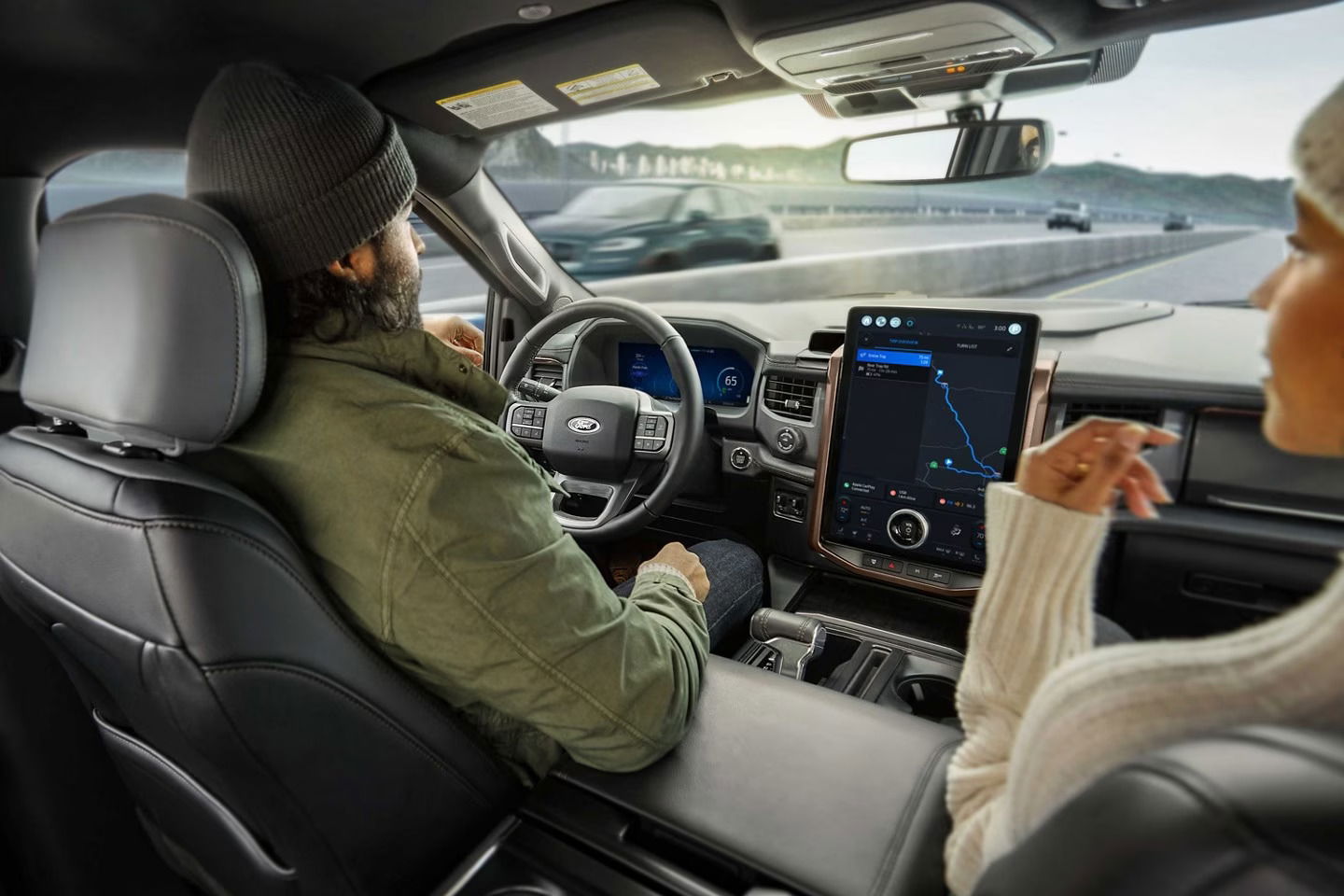
So, what is Ford BlueCruise? Ford BlueCruise is an advanced hands-free driving feature for select Ford models. It combines a range of sensors, cameras, and GPS data to offer a robust autonomous driving experience on prequalified sections of divided highways, known as Hands-Free Blue Zones.
Features Of Ford BlueCruise
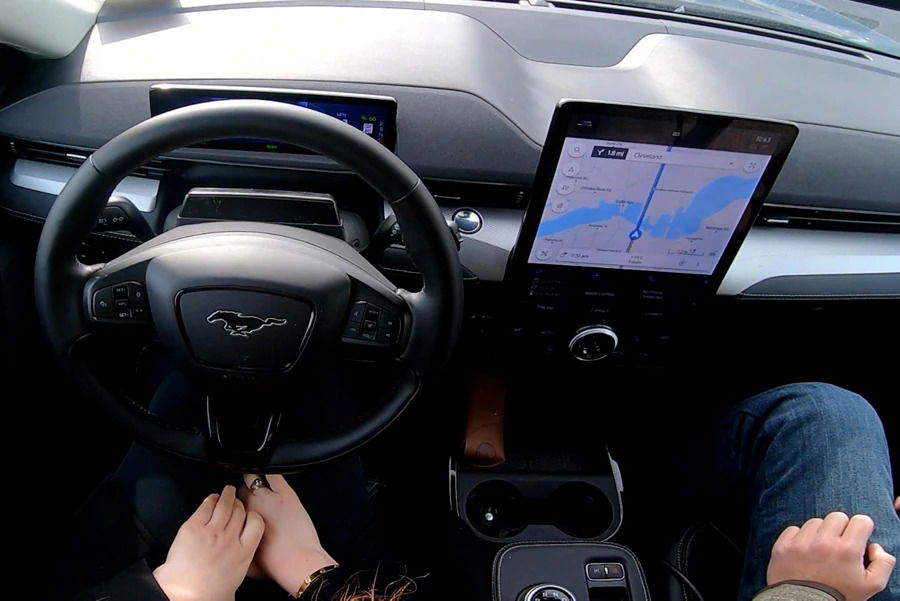
BlueCruise provides a range of features for enhanced driving experience. These include lane centering, adaptive cruise control, speed sign recognition, and collision avoidance. Also, it includes a driver-facing camera to ensure the driver's attention remains on the road.
BlueCruise allows for hands-free driving on pre-mapped, divided highways in the United States and Canada. When the system is engaged, the driver can take their hands off the steering wheel, but they must remain attentive to the road and be ready to take control if necessary.
The driver-facing camera monitors the driver's attention and will intervene if the system detects that the driver is not paying attention or has become disengaged. The intervention comes in the form of visual and audible alerts to regain the driver’s focus.
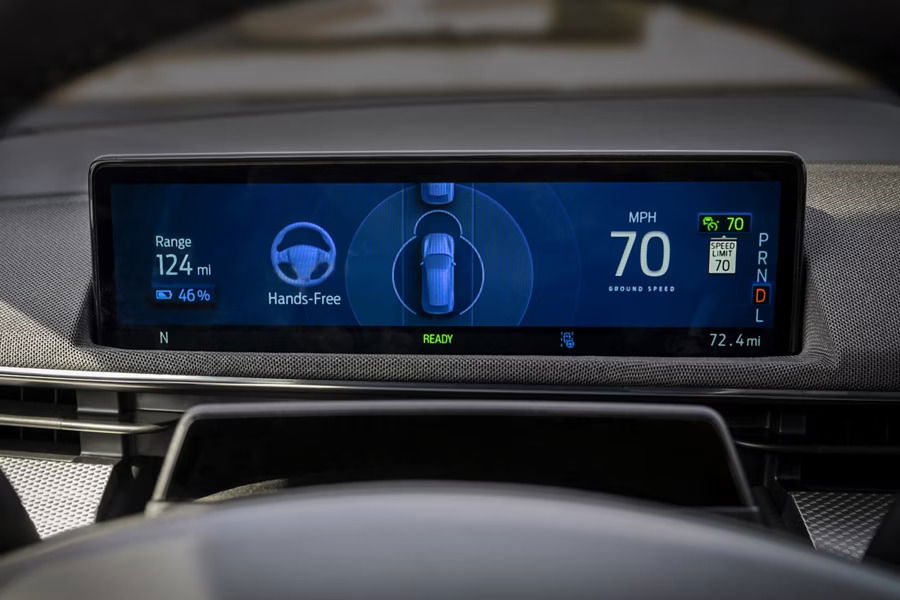
BlueCruise uses cameras and sensors to keep the vehicle centered within its lane, even during curves and highway interchanges. The system’s adaptive cruise control adjusts the vehicle's speed to maintain a safe following distance from the vehicle in front. It can recognize and respond to speed limit signs, adjusting the vehicle's speed accordingly.
BlueCruise can integrate with the vehicle's navigation system to anticipate upcoming curves, junctions, and highway exits. It operates on pre-mapped, compatible highways, which Ford continuously updates and expands.
These maps help the vehicle navigate safely within its operational domain. BlueCruise may include a lane change assistance feature, allowing the driver to activate the turn signal to indicate a lane change intention, and the system assists with the maneuver when it deems it safe.
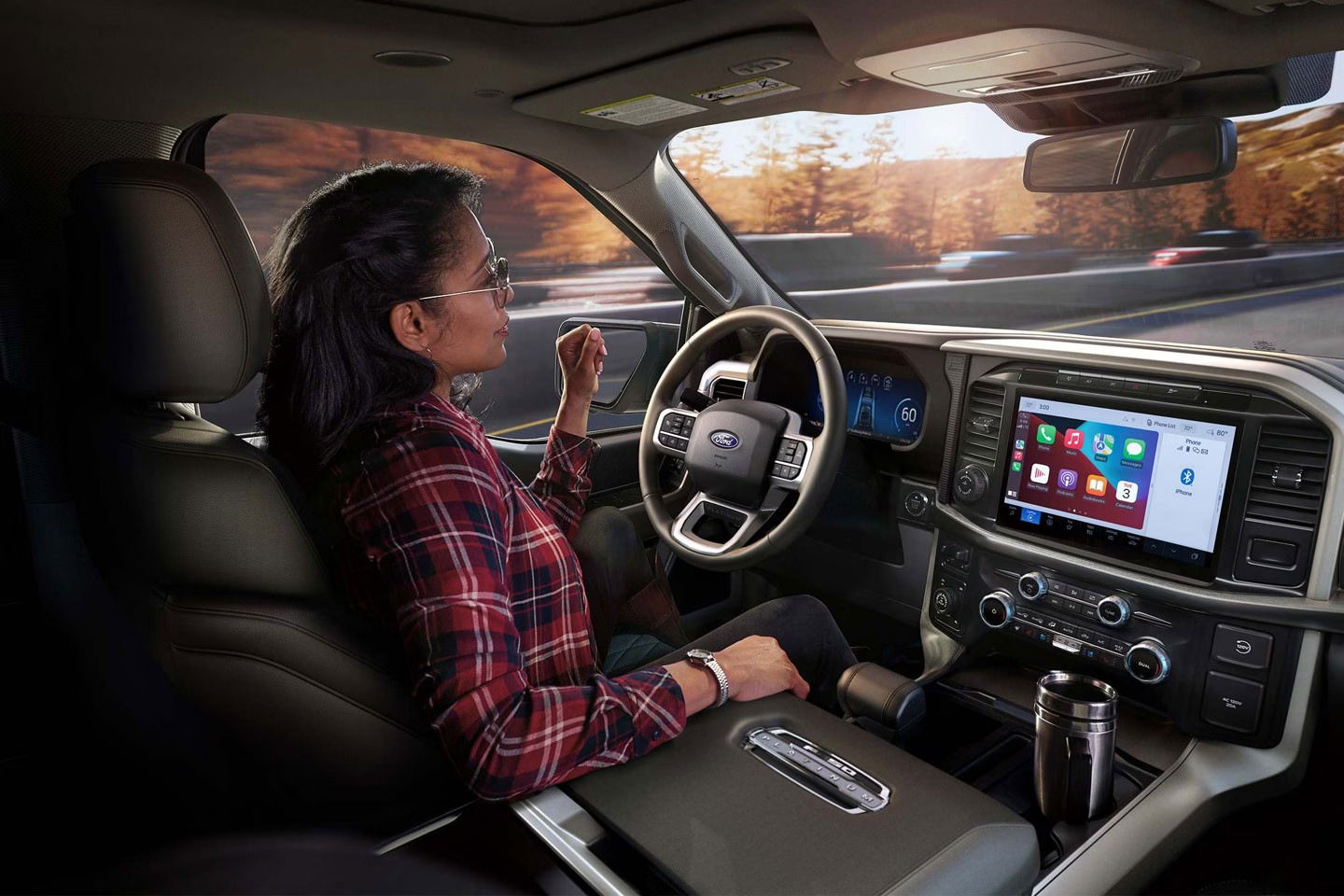
To use BlueCruise, the vehicle must be equipped with the necessary hardware, including the driver-facing camera and various sensors. This hardware is part of the optional BlueCruise Prep Package.
Ford has the capability to send over-the-air updates to enhance and expand the BlueCruise capabilities. To learn more about the BlueCruie features, see our article on ten exceptional features of the Ford Blue Bruise.
Related Reading: The 2024 Mercedes-Benz E-Class Will Debut The Latest Third-Gen MBUX 3.0 Infotainment System
The GM SuperCruise Overview
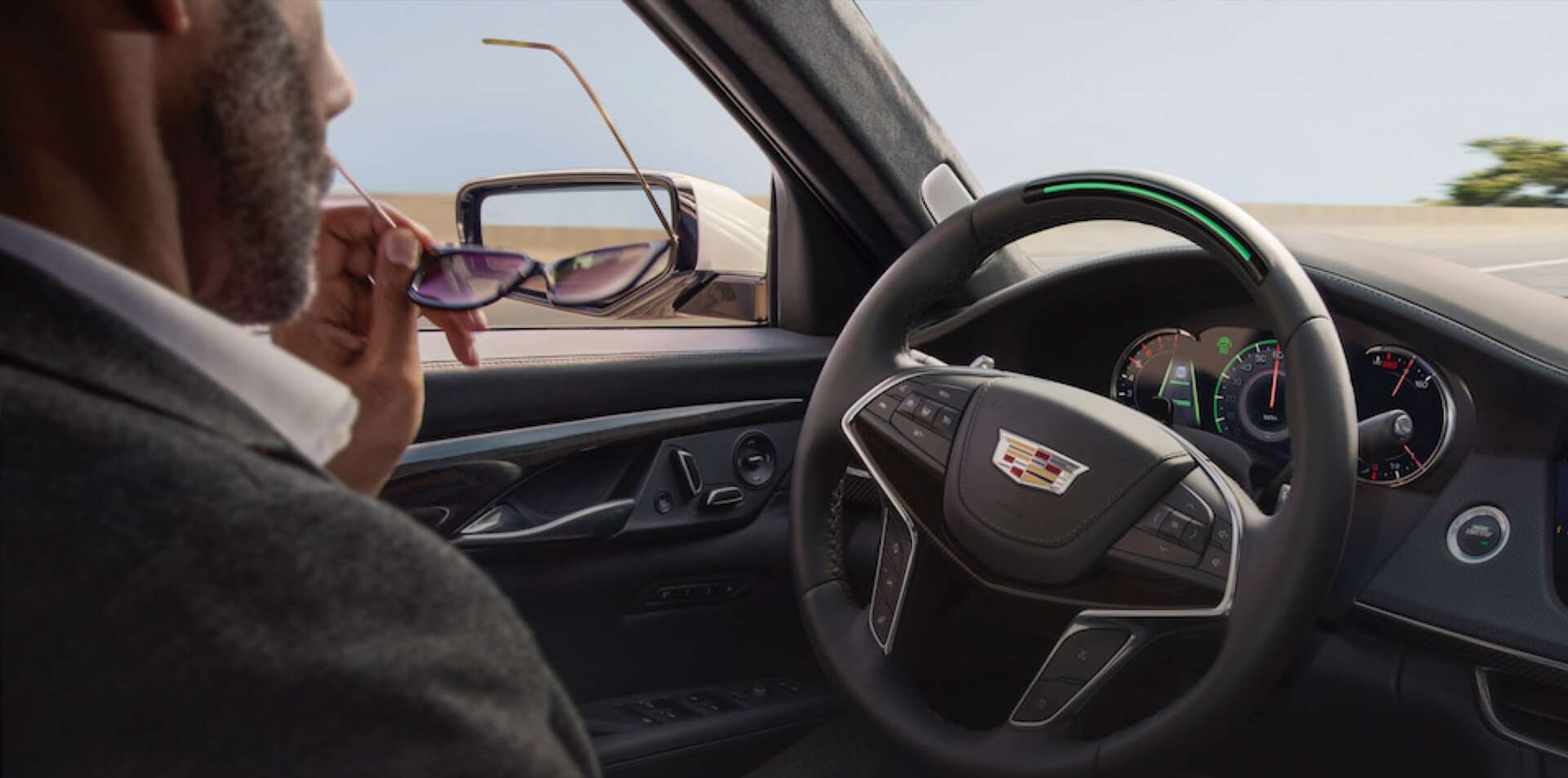
So, what is GM SuperCruise? SuperCruise is a semi-autonomous driving system developed by General Motors initially for certain Cadillac models but currently expanded to select brands under the GM umbrella, including the GMC Sierra, Hummer EV, and Chevrolet Silverado.
The GM SuperCruise is the company’s proprietary self-driving technology designed to offer hands-free driving and automatic lane change capabilities on compatible highways, using a combination of LiDAR map data, high precision GPS, cameras, and sensors.
Features Of GM SuperCruise
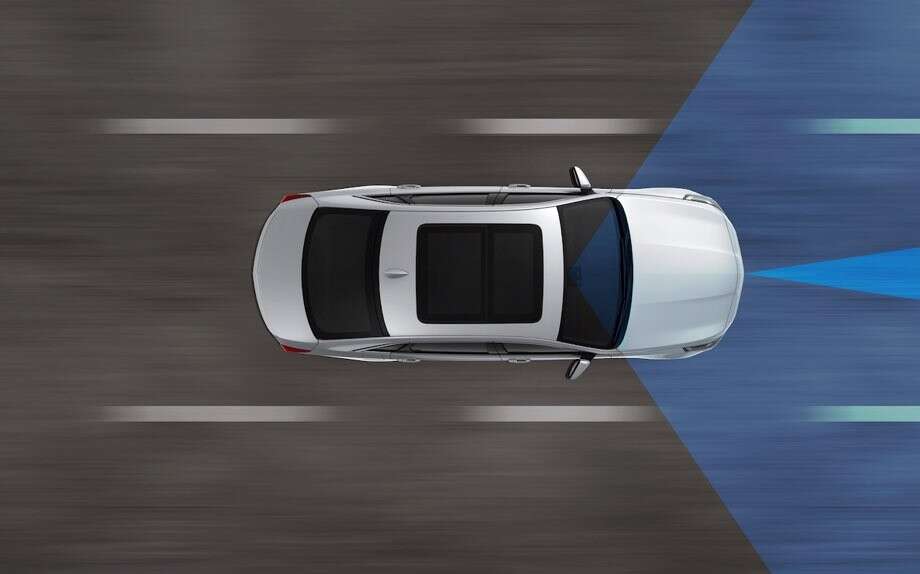
SuperCruise offers features such as adaptive cruise control, lane keeping assistance, and automatic lane changes. It also has a driver attention system that uses a small camera to ensure the driver's focus remains on the road ahead.
It allows for hands-free driving on compatible roads using advanced driver-assistance systems, including adaptive cruise control and lane-keeping to control the vehicle. It also incorporates a driver attention system that uses a camera to monitor the driver's attention. If the system detects the driver is not paying attention to the road or is engaged in other tasks, it will prompt the driver to take control of the vehicle.
The SuperCruise’s most defining feature is its highly detailed Lidar maps of divided highways in the United States and Canada. These maps help the vehicle understand its exact position on the road and navigate safely.
Some versions of Super Cruise offer a lane-change feature. When the driver activates the turn signal, the system can assist with making a lane change if it determines it's safe to do so.
Furthermore, the system maintains a safe following distance from the vehicle in front by adjusting the vehicle's speed automatically. It keeps the vehicle centered in its lane, even around curves, using cameras and sensors to monitor lane markings.
Super Cruise is designed to work in certain low-speed, congested traffic situations, helping reduce the driver's workload. The system can be integrated with the vehicle's navigation system to anticipate curves, highway exits, and other potential challenges on the route.
SuperCruise may use an array of cameras to provide a clear view of the road and surroundings (HD Surround Vision), aiding in its driving decisions.
Ford BlueCruise vs. GM SuperCruise: Performance And Reliability

Performance
Both systems perform admirably under the right conditions. However, Ford BlueCruise offers consistent performance in highway driving, while GM SuperCruise shines with its automatic lane change feature, which sets it apart in complex driving situations.
Reliability
Reliability is a key area where these systems diverge. While both systems have robust safety features, SuperCruise has a slight edge due to its use of LiDAR map data, which offers more detailed environment information compared to BlueCruise's reliance on cameras and radar sensors.
Verdict On The Ford BlueCruise vs GM SuperCruise

When comparing Ford BlueCruise and GM SuperCruise, both provide a robust set of features and reliable performance in their designated operation areas. The choice between them comes down to your specific driving needs and the vehicle model you prefer.
Note that both systems are designed to enhance the safety and comfort of driving by automating certain aspects of the driving process, but they are not fully autonomous systems, and the driver must always be prepared to take control of the vehicle when necessary.